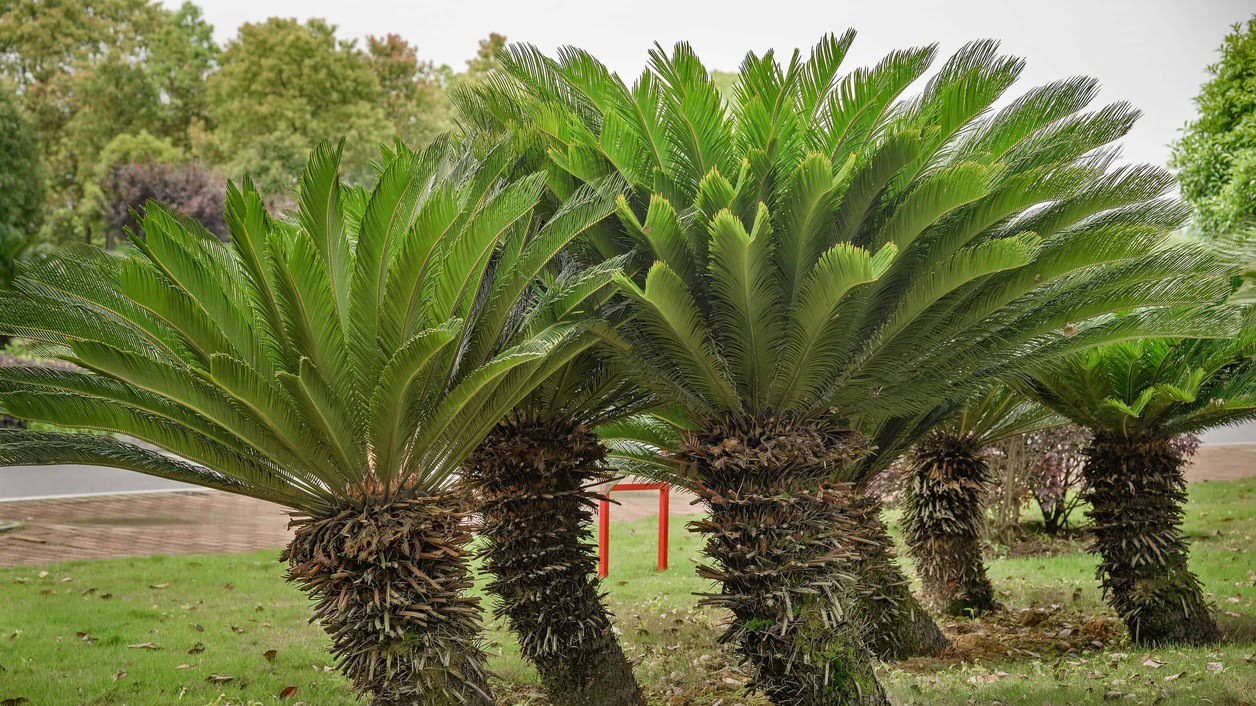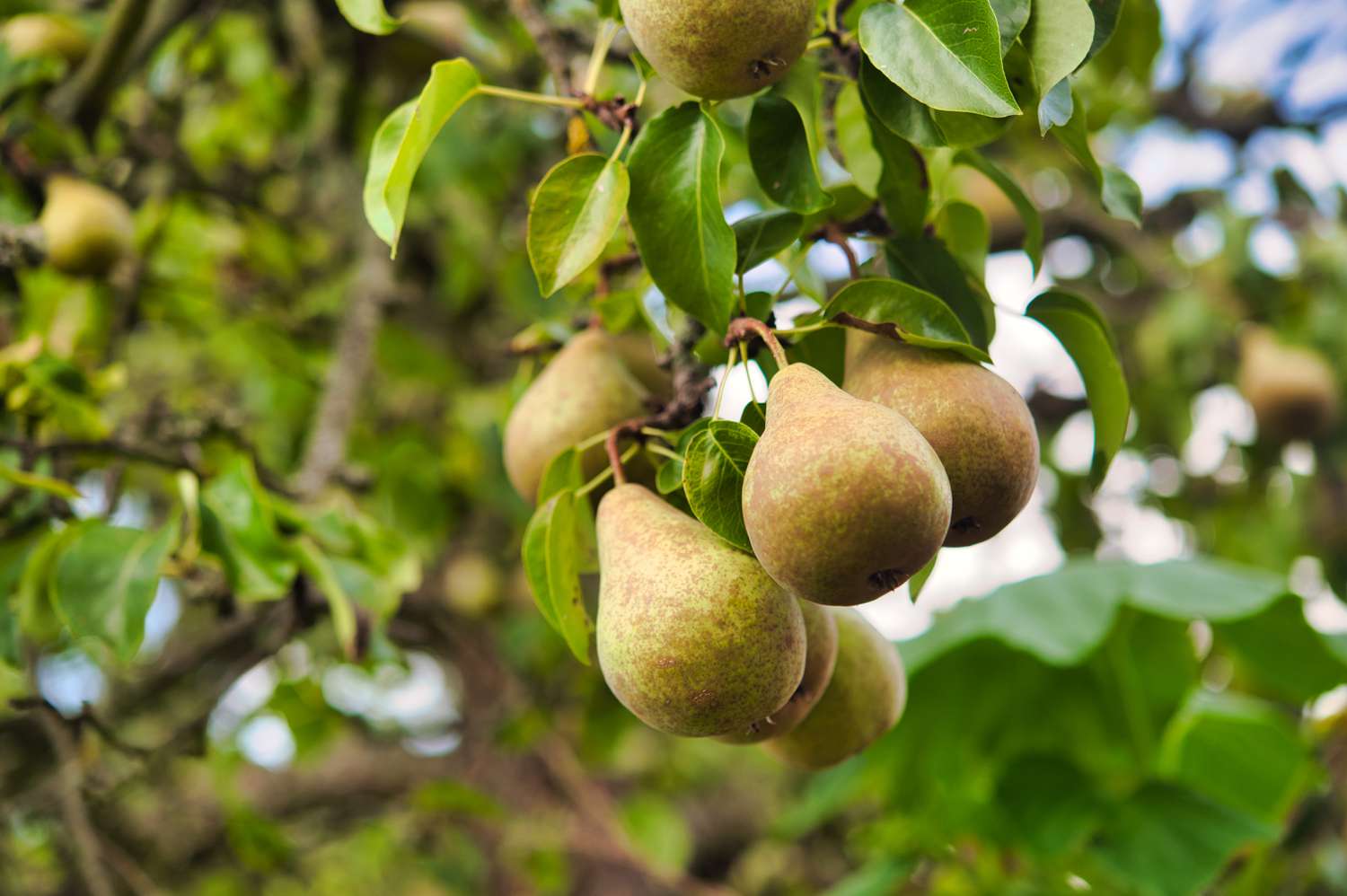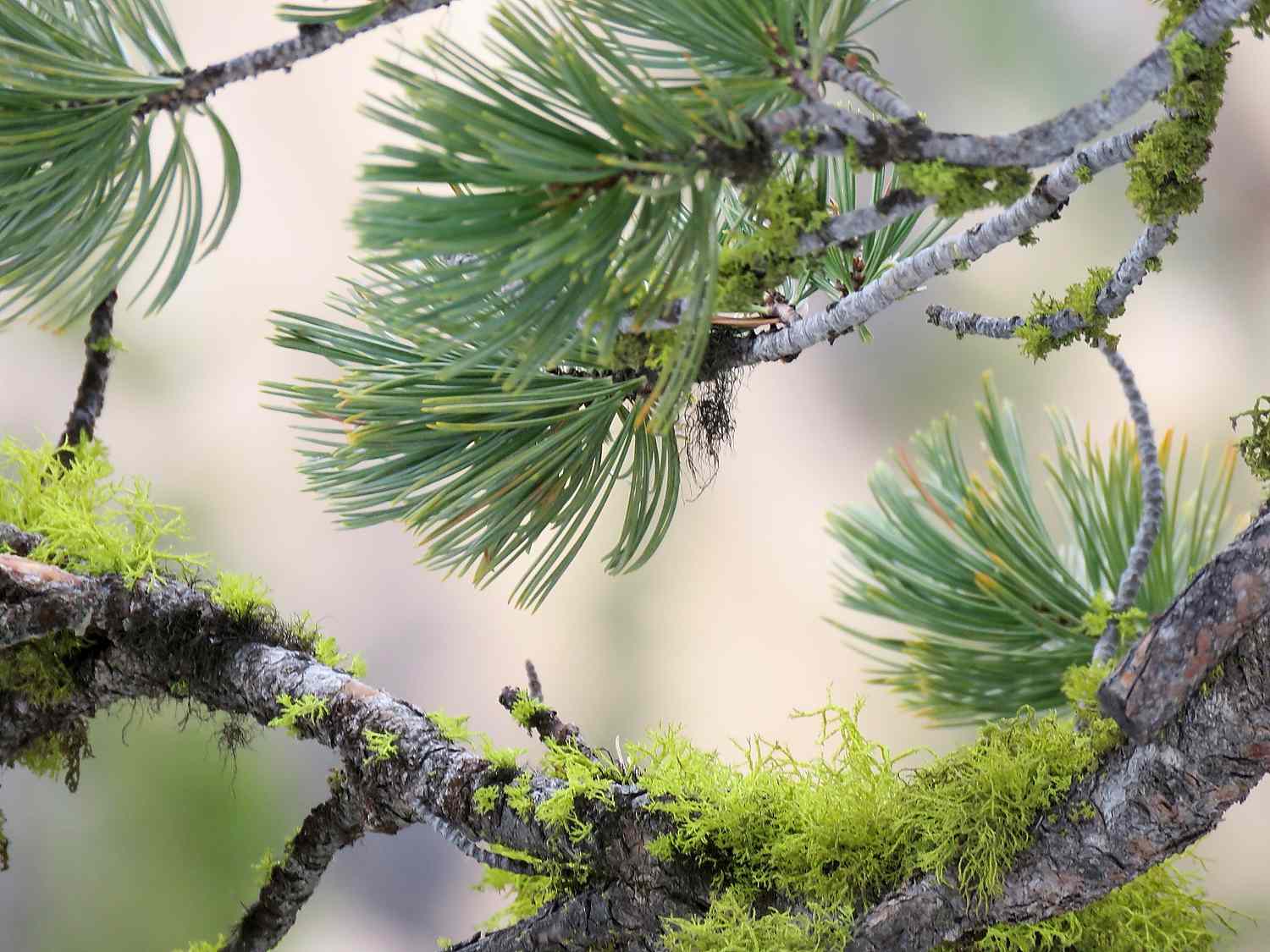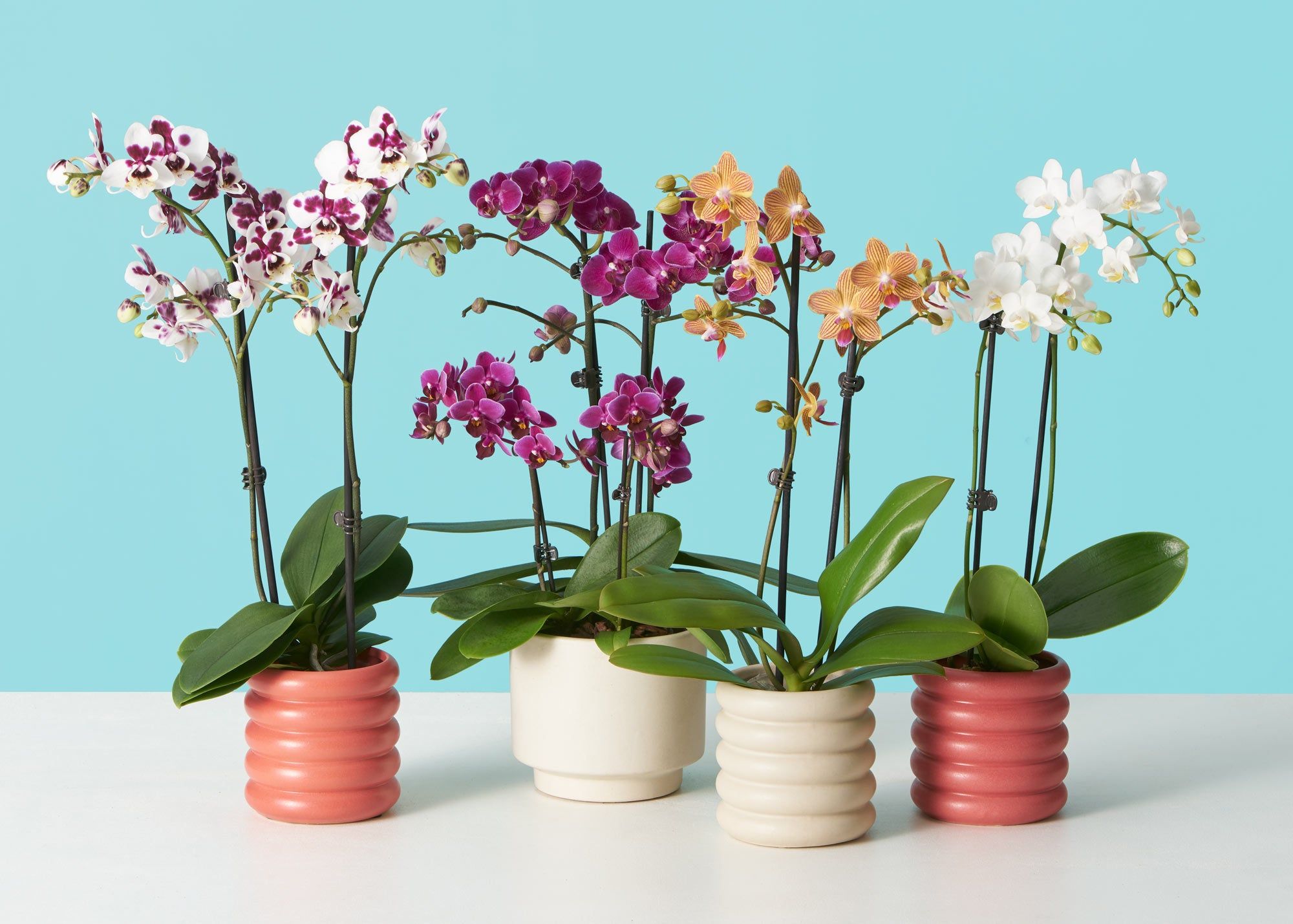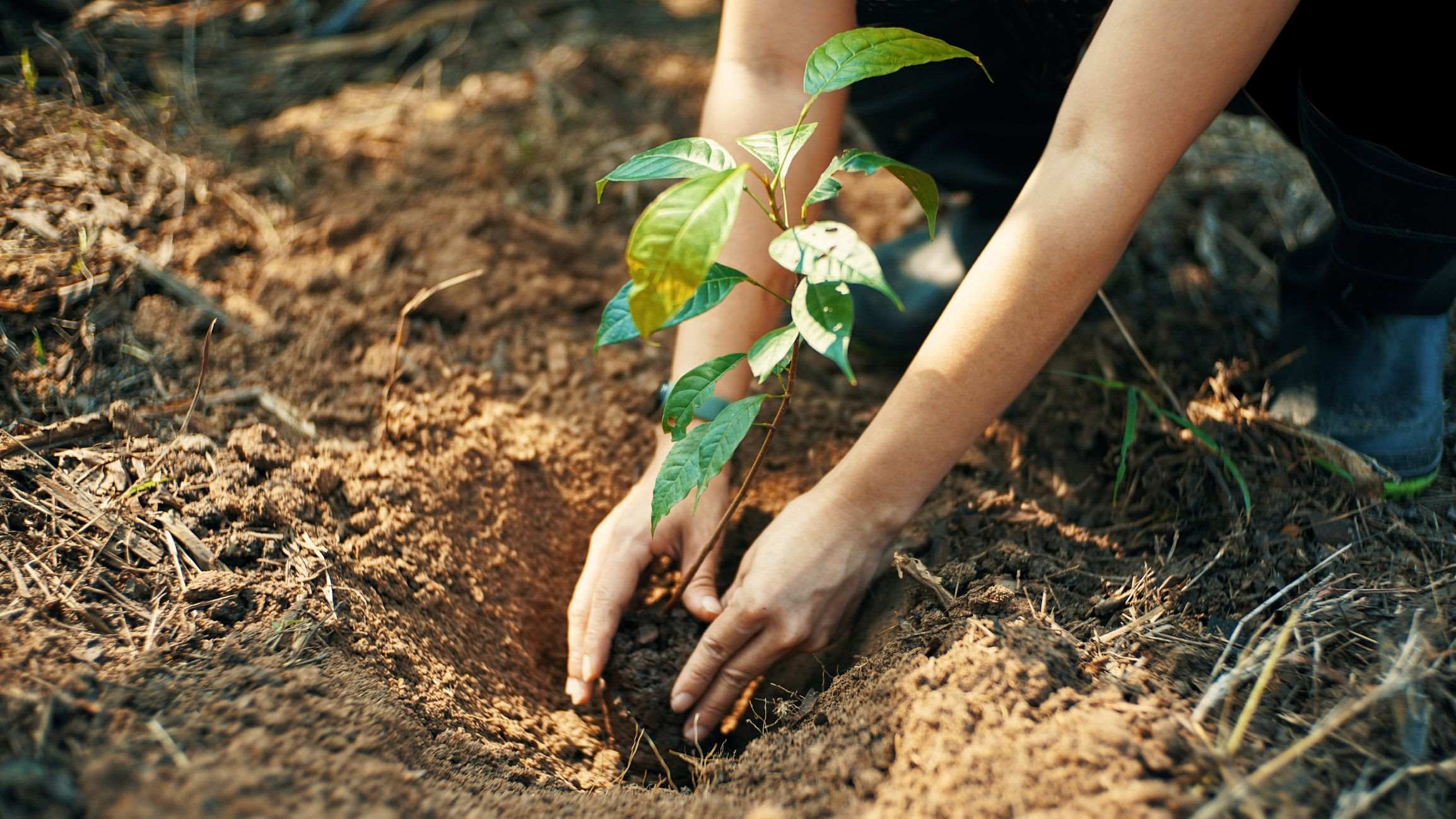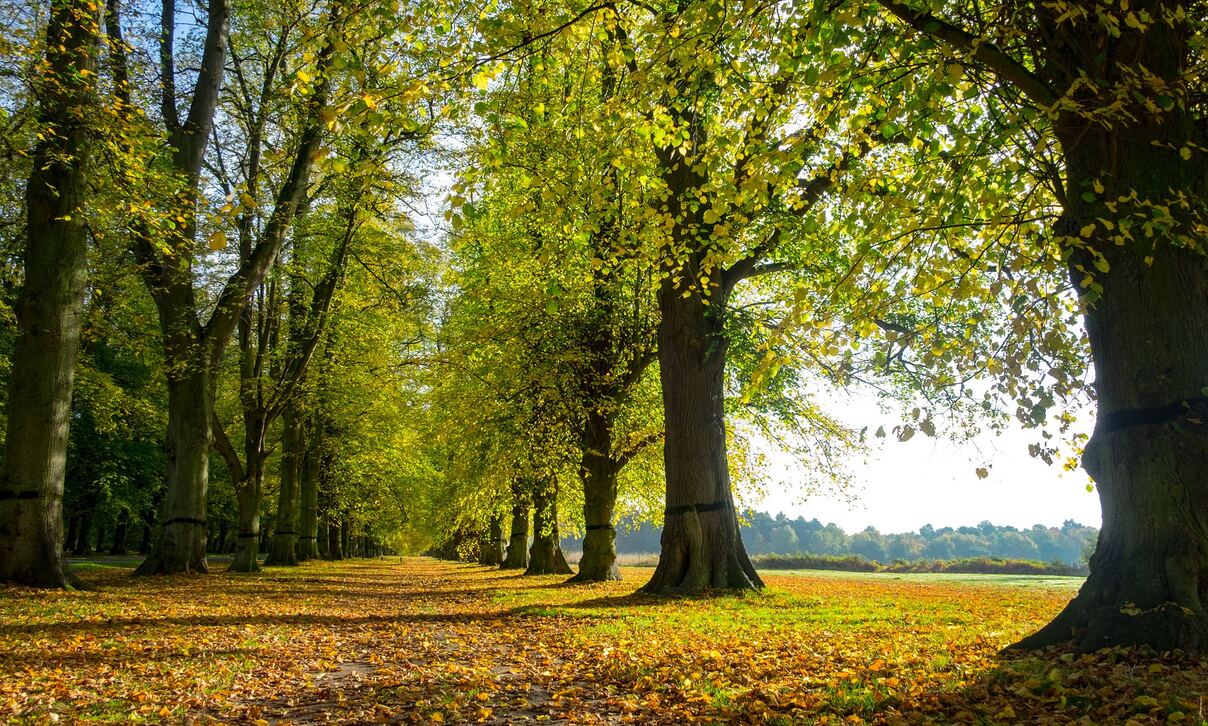Home>Gardening Techniques>Plant Care>How To Plant Orchids In Trees
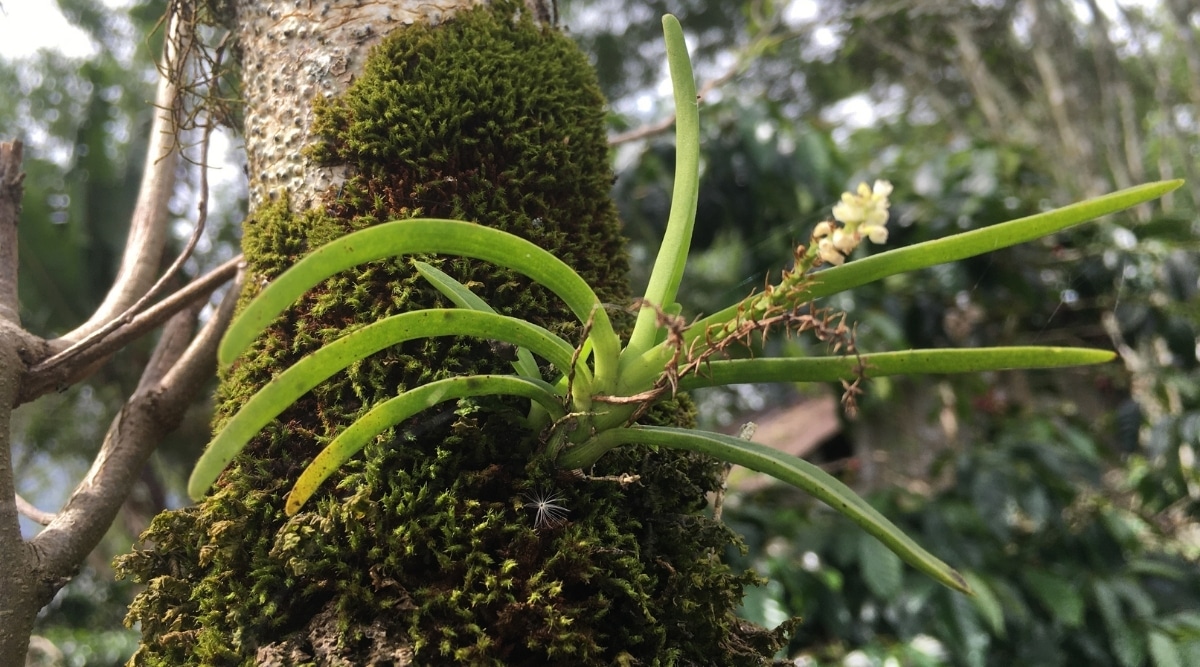

Plant Care
How To Plant Orchids In Trees
Modified: January 22, 2024
Learn the essential plant care tips for planting orchids in trees. Ensure your orchids thrive with expert advice on proper planting techniques and maintenance.
(Many of the links in this article redirect to a specific reviewed product. Your purchase of these products through affiliate links helps to generate commission for Chicagolandgardening.com, at no extra cost. Learn more)
Table of Contents
Introduction
Welcome to the world of orchid planting! Orchids are not only beautiful and exotic, but they can also be grown in a variety of unique ways. One such method is planting them in trees. This unconventional approach adds a touch of whimsy to your garden and allows the orchids to thrive in a natural environment.
Planting orchids in trees, also known as epiphytic planting, is a popular technique among gardening enthusiasts. It involves attaching orchids to tree trunks or branches, where they can establish themselves and grow. This method mimics the orchids’ natural habitat, where they typically cling to trees in the wild.
While planting orchids in trees may seem like a daunting task, it is actually a rewarding and straightforward process. By adhering to a few key steps and guidelines, you can create a stunning display of these delicate and vibrant flowers.
In this article, we will explore the benefits of planting orchids in trees, how to prepare the tree for orchid planting, selecting the right orchid species, orchid planting techniques, caring for orchids in trees, as well as common challenges and solutions you may encounter along the way.
So, whether you are a seasoned plant enthusiast looking to try something new or a beginner wanting to embark on a thrilling gardening adventure, planting orchids in trees is sure to ignite your passion and bring a touch of magic to your outdoor space. Let’s dive in and discover the secrets of successful orchid tree planting!
Benefits of Planting Orchids in Trees
Planting orchids in trees offers a multitude of benefits, both aesthetically and practically. Let’s explore some of the advantages of this unique gardening technique.
1. Enhanced Aesthetic Appeal: Planting orchids in trees adds a touch of elegance and uniqueness to your garden. The vibrant colors and intricate blooms of orchids combined with the natural backdrop of the tree create a stunning visual display. It can turn an ordinary garden into a tropical paradise.
2. Optimal Growing Conditions: Orchids thrive in the wild by attaching themselves to tree trunks or branches. By planting them in trees, you provide them with their preferred growing environment. The tree offers stability, shade, and protection from extreme weather conditions, creating an ideal microclimate for the orchids to flourish.
3. Space-Saving Solution: Planting orchids in trees allows you to utilize vertical space in your garden. This can be particularly beneficial for those with limited ground space or for apartment dwellers with only a balcony or small outdoor area. By creating a vertical garden with orchids in trees, you maximize the number of plants you can grow.
4. Natural Pest Control: Trees act as natural hosts for beneficial insects, birds, and other organisms that help control pests. By planting orchids in trees, you encourage the presence of these helpful organisms in your garden, reducing the need for chemical pesticides.
5. Decreased Risk of Disease: Orchids planted in trees are less susceptible to soil-borne diseases and root rot. This is because they are not in direct contact with the ground, where these issues often arise. By planting orchids in trees, you create a healthier environment for the plants, decreasing the risk of disease and improving their overall longevity.
6. Increased Air Circulation: Orchids require good air circulation to avoid moisture-related problems such as fungal infections. When planted in trees, they benefit from the natural airflow around the tree branches. This helps prevent the development of stagnant air pockets that can lead to the growth of harmful fungi.
These are just a few of the many benefits of planting orchids in trees. From their visual appeal to their optimal growing conditions, this unique gardening technique offers a host of advantages for both novice and experienced gardeners. So why not give it a try and bring a touch of beauty and wonder to your outdoor space?
Preparing the Tree for Orchid Planting
Before you can successfully plant orchids in trees, it is essential to prepare the tree and create a suitable environment for their growth. Taking the necessary steps will ensure that the orchids can establish themselves and thrive in their new home. Let’s explore how to prepare the tree for orchid planting.
1. Tree Selection: Choose a healthy and sturdy tree as the host for your orchids. Opt for a tree with rough bark, as it provides better adhesion for the orchids’ roots. Additionally, consider the size of the tree and its proximity to other plants to ensure that the orchids will receive sufficient light and airflow.
2. Clean the Tree Surface: Before attaching the orchids, clean the tree trunk or branches to remove any dirt, debris, or decaying matter. Use a soft brush or cloth to gently wipe the tree surface, ensuring a clean and suitable attachment area for the orchids.
3. Assess the Light Conditions: Orchids generally thrive in bright but filtered light conditions. Evaluate the tree’s location to determine if it provides enough light for the orchids. If necessary, prune nearby branches to allow more light to reach the orchids without causing direct exposure to harsh sunlight.
4. Ensure Proper Drainage: While orchids do not require soil to grow, it is crucial to ensure proper drainage around the tree. Avoid planting orchids in areas prone to waterlogging, as this can lead to root rot. If the tree’s base tends to retain water, improve drainage by adding gravel or small pebbles to enhance water flow.
5. Consider Supporting Structures: If the tree branches are slender or do not provide adequate support for the orchids, consider adding small stakes or supports to help secure the plants. This is especially important for heavier orchid species or in areas prone to strong winds.
6. Monitor Tree Health: Regularly inspect the tree for signs of disease or pest infestation. Treat any issues promptly to prevent the spread to your orchids. Additionally, avoid planting orchids in trees that are stressed or weakened, as they may struggle to support the additional plant weight.
By following these steps, you can ensure a suitable environment for your orchids to thrive in the tree. Taking the time to prepare the tree properly will contribute to the long-term health and success of your orchid planting project.
Selecting the Right Orchid Species
When it comes to planting orchids in trees, choosing the right orchid species is crucial for their successful growth and development. Different orchid species have varying needs and preferences, so it’s important to select ones that are well-suited to your particular climate, growing conditions, and personal preferences. Here are some tips for selecting the right orchid species for your tree planting project.
1. Consider Climate: Start by considering the climate and growing conditions in your area. Not all orchids are suitable for all climates, as they have specific temperature and humidity requirements. Research the recommended temperature range and humidity levels for different orchid species and choose ones that match your local climate.
2. Assess Light Requirements: Take into account the light conditions in the area where you plan to plant the orchids in the tree. Some orchids require bright, indirect light, while others can tolerate lower light levels. Make sure the orchid species you choose is compatible with the amount of light available in your specific location.
3. Consider Size and Weight: Orchid species vary in size, with some growing large and heavy while others remain small and compact. Assess the strength and stability of your chosen tree and select orchids that will not overpower or damage the branches. Avoid planting heavy orchid species on delicate or weak trees.
4. Determine Watering Needs: Different orchid species have varying watering requirements. Some prefer to dry out between waterings, while others like to stay consistently moist. Consider your personal watering habits and choose orchids that align with your ability to provide the necessary moisture.
5. Evaluate Flowering Season: Take into consideration the flowering season of the orchids you are interested in. If you are looking for a specific time of year to enjoy their blooms, select orchid species that flower during that period. This will ensure you get the desired visual impact from your tree planting project.
6. Explore Orchid Varieties: Orchids are incredibly diverse, with numerous varieties showcasing a wide range of colors, shapes, and patterns. Explore the different orchid varieties available and choose ones that appeal to your aesthetic preferences. You can create a vibrant and visually appealing display by selecting orchid species with complementary or contrasting bloom colors.
By taking these factors into account, you can select the right orchid species that will thrive in the tree and create a stunning display. Remember to do thorough research, consult with local orchid experts, and consider your personal preferences to find the perfect orchids for your tree planting project.
Orchid Planting Techniques
When it comes to planting orchids in trees, there are a few key techniques that will help ensure the proper attachment and growth of the orchids. The following steps will guide you through the orchid planting process, from preparing the orchids to securing them onto the tree.
1. Select Healthy Orchids: Choose healthy orchid plants with robust roots and undamaged leaves. Look for plants that are free from pests and diseases. Healthy orchids have a better chance of establishing themselves successfully in the tree.
2. Prepare the Orchids: Before attaching the orchids to the tree, prepare them by gently removing any growing media or potting material from their roots. Gently clean and soak the roots in water to ensure they are hydrated and ready for attachment.
3. Choose Attachment Method: There are several methods for attaching orchids to trees, including using wire, clips, or plant ties. Select the method that works best for your specific orchid species and tree type. Ensure that the attachment method is secure but not too tight to allow room for growth.
4. Attach Orchids to the Tree: Carefully position the orchids on the chosen tree trunk or branch, ensuring that the roots are in contact with the tree surface. Attach the orchids using the chosen method, taking care not to damage the roots or plant stems in the process.
5. Monitor Attachment Stability: After attaching the orchids, gently shake or tug on them to test their stability. Ensure that they are securely attached and won’t easily dislodge or fall from the tree. Adjust the attachment if necessary to provide added stability.
6. Provide Initial Support: For newly planted orchids, consider providing additional support such as stakes or ties to help them establish themselves in the tree. This can help prevent any movement or damage during the initial adjustment period.
7. Regularly Inspect and Maintain: Once the orchids are planted in the tree, regularly inspect them for any signs of damage, pests, or diseases. Monitor their growth and adjust the attachment if needed as the orchids expand and grow over time.
By following these orchid planting techniques, you can ensure that your orchids establish themselves successfully in the tree and continue to thrive in their new environment. Remember to provide proper care and maintenance to support their growth and enjoy the beauty of these magnificent plants as they blossom in the tree.
Caring for Orchids in Trees
Caring for orchids that are planted in trees requires attention to their specific needs and periodic maintenance. While orchids in trees have a more natural setting, they still require care to ensure their health and vitality. Let’s explore some essential care tips for orchids in trees.
1. Watering: Orchids in trees have different watering needs compared to potted orchids. Monitor the moisture levels of the orchid’s roots and the tree branch. Provide water when necessary, making sure not to overwater or allow the roots to dry out completely. Adjust the frequency of watering based on environmental conditions.
2. Fertilizing: Orchids in trees benefit from regular fertilization to support their growth and blooming. Apply a balanced orchid fertilizer according to the manufacturer’s instructions. During the growing season, typically spring and summer, fertilize the orchids every two to three weeks. Reduce or discontinue fertilization during the dormant period.
3. Pruning: Regularly inspect the orchids for dead or diseased parts and prune them to maintain the overall health of the plant. Remove any yellowing or withering leaves, spent flowers, or damaged stems. Pruning not only enhances the appearance of the orchids but also prevents the spread of diseases.
4. Pests and Diseases: Keep an eye out for common orchid pests such as aphids, spider mites, and mealybugs. If you notice any signs of infestation, promptly address the issue through organic pest control methods or appropriate insecticides. Regularly inspect the orchids for any signs of diseases, such as fungal or bacterial infections, and take necessary steps to treat the plants.
5. Monitoring Light and Temperature: Ensure that the orchids in trees are receiving the right amount of light and are not exposed to extreme temperatures. Monitor their location and consider adjusting their position if necessary, particularly if the conditions change due to seasonal variations or tree growth.
6. Providing Support: As the orchids grow and develop, provide additional support by adjusting ties or stakes if needed. This ensures that the orchids remain securely attached to the tree and prevents any damage caused by strong winds or heavy rainfall.
7. Regular Inspection: Regularly inspect the orchids for any signs of stress, nutrient deficiencies, or improper attachment. Look for new growth, flowering buds, and overall plant health. Address any issues promptly to prevent further problems or damage.
By providing appropriate care and maintenance, you can ensure that your orchids in trees remain healthy and vibrant. Regular monitoring, proper watering and fertilizing, pest control, and pruning will contribute to their long-term success and allow you to enjoy the beauty of these magnificent plants in their natural habitat.
Common Challenges and Solutions
While planting orchids in trees can be a rewarding endeavor, it is not without its challenges. Understanding and addressing these common issues will help you maintain healthy orchids and ensure their successful growth in the tree. Let’s explore some of the common challenges that you may encounter and the solutions to overcome them.
1. Insufficient Light: If the orchids are not receiving enough light in their tree location, they may struggle to thrive and produce blooms. To overcome this, consider pruning nearby branches to allow more light to reach the orchids. Alternatively, reposition the orchids to a more suitable area of the tree where they can receive adequate light.
2. Overwatering or Waterlogging: Orchids in trees are vulnerable to overwatering, which can lead to root rot. Ensure that the tree and orchid roots have proper drainage and are not exposed to excess moisture. Water the orchids sparingly, allowing the roots to partially dry out between waterings.
3. Improper Attachment: If the orchids are not securely attached to the tree, they may become loose or fall off. To avoid this, regularly inspect the orchids’ attachment, ensuring that they are firmly attached without jeopardizing the tree’s health. If necessary, adjust the attachment method or secure the orchids with additional ties or supports.
4. Pests and Diseases: Orchids in trees can still face pest infestations and diseases. Common pests, such as aphids or spider mites, can be addressed with organic pest control methods or appropriate insecticides. Regularly inspect the orchids for any signs of diseases, such as fungal or bacterial infections, and treat them promptly with suitable remedies.
5. Extreme Weather Conditions: Trees may be subjected to harsh weather conditions, such as strong winds or heavy rainfall, which can affect the orchids. Providing additional support, such as securing ties or stakes, can help protect the orchids from damage caused by severe weather.
6. Type of Tree: Certain tree species may not be ideal for planting orchids due to their bark texture, acidity levels, or lack of suitable attachment surfaces. If you anticipate difficulties with attaching orchids to a particular tree, consider selecting a different tree species or using alternative planting methods, such as mounting the orchids on a wooden board or tree fern slab.
7. Lack of Nutrients: Orchids planted in trees may require supplemental nutrients as they primarily rely on the tree for support rather than soil nutrients. Regularly fertilize the orchids with a balanced orchid fertilizer to ensure they receive the necessary nutrients for healthy growth and blooming.
By being aware of these common challenges and implementing the appropriate solutions, you can overcome potential obstacles and maintain thriving orchids in trees. Regular monitoring, proper care, and timely intervention will help ensure the long-term success of your orchid planting project.
Conclusion
Planting orchids in trees is a unique and captivating way to showcase these beautiful flowers in your garden. By mimicking their natural habitat, you create an enchanting display while providing optimal growing conditions for the orchids. Throughout this article, we have explored the benefits of planting orchids in trees, discussed how to prepare the tree for orchid planting, highlighted the importance of selecting the right orchid species, explained orchid planting techniques, offered guidance on caring for orchids in trees, and addressed common challenges and solutions.
When embarking on your orchid tree planting journey, it is important to choose a healthy tree, properly prepare it for attachment, and carefully select suitable orchid species. Implementing proper care techniques, such as watering, fertilizing, pruning, and monitoring for pests and diseases, will help your orchids thrive in their tree environment. Additionally, addressing common challenges like insufficient light, overwatering, improper attachment, pests, diseases, extreme weather conditions, and nutrient deficiencies will contribute to the long-term success of your orchids in trees.
Through patience, attention to detail, and a bit of experimentation, you can create a stunning display of orchids in trees, transforming your garden into a tropical oasis. The beauty and elegance of these delicate flowers combined with the natural backdrop of the tree create a truly magical sight for all to enjoy.
So, whether you are a seasoned gardener or a beginner exploring new gardening techniques, planting orchids in trees offers a captivating and rewarding experience. Embrace the wonder of nature, unleash your creativity, and let the beauty of orchids blossom among the branches of your chosen tree.

